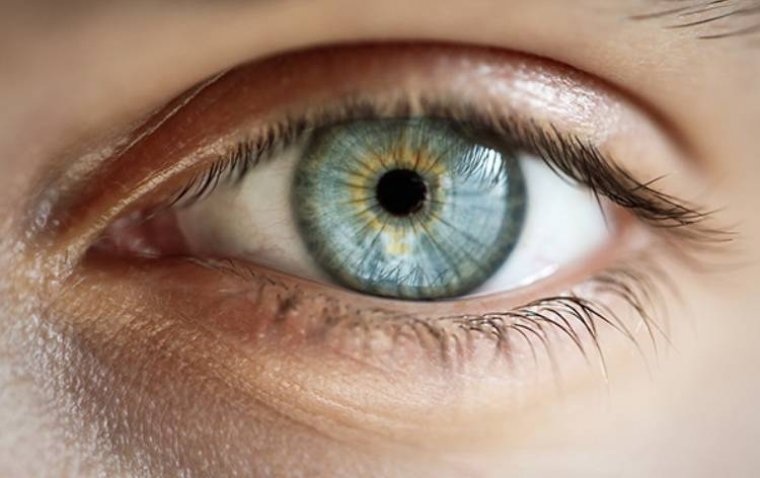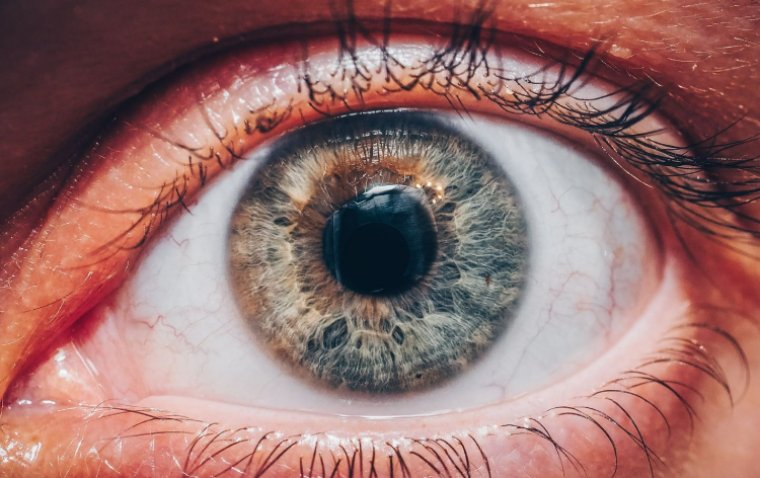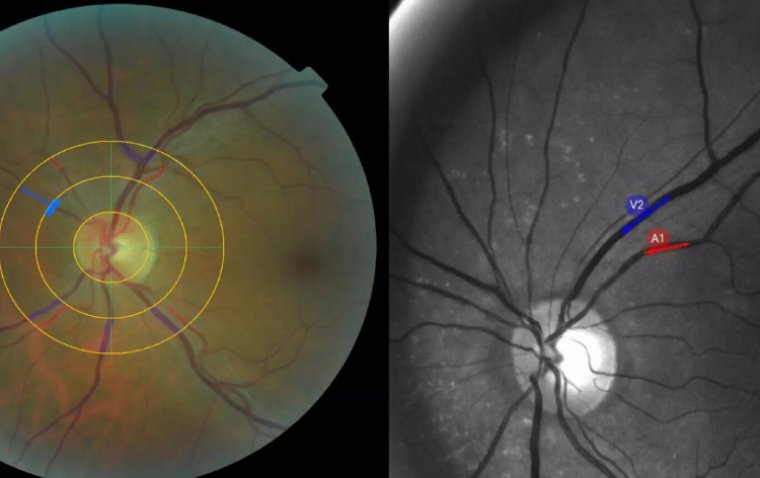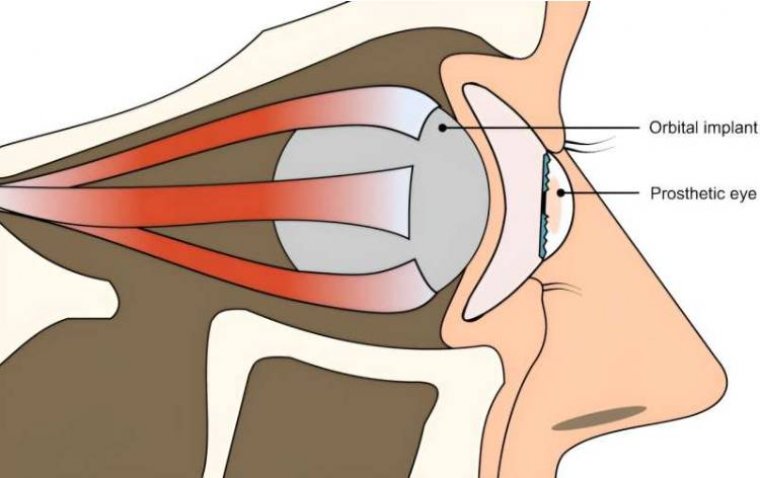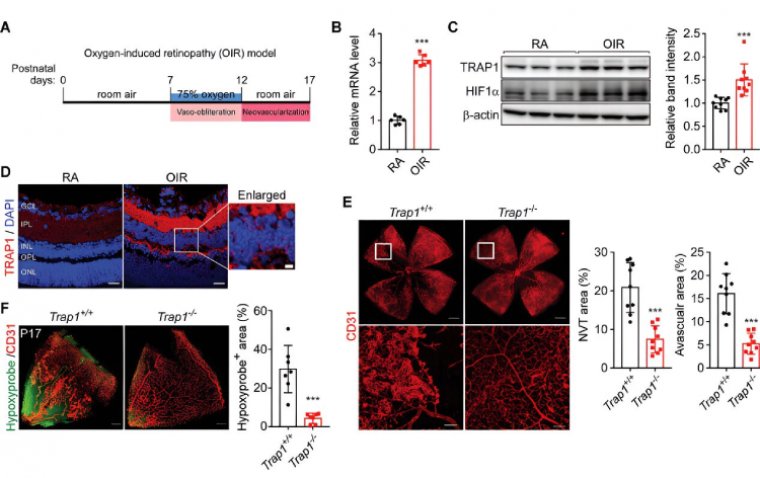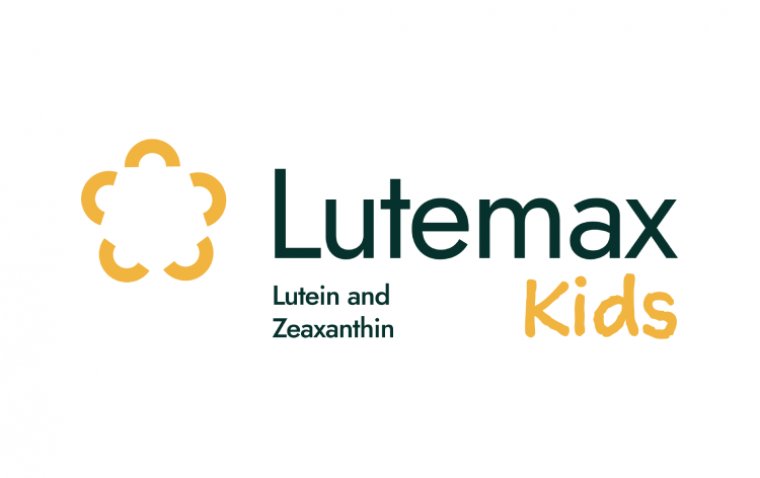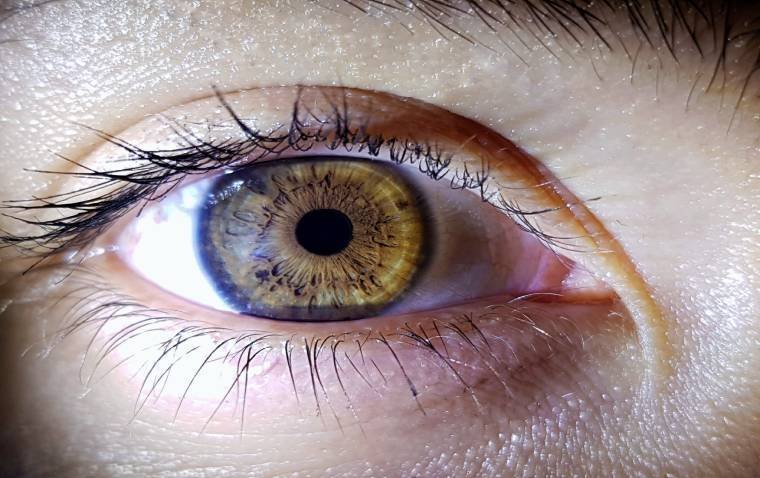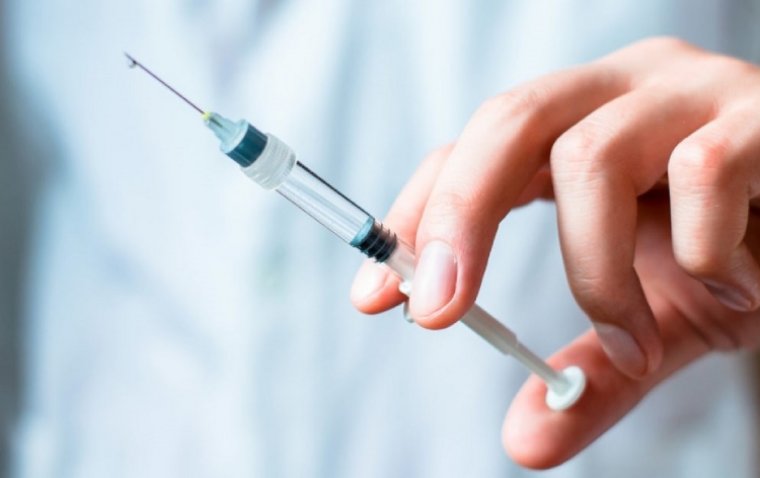
Long-Term Corneal Endothelial Changes in Post-COVID-19 Patients with Ocular Symptoms
As the global healthcare community continues to understand the full spectrum of COVID-19's impact, new research highlights the virus's potential long-term effects on ocular health.
Specifically, a recent study delves into the alterations in corneal endothelial cell morphology in patients who experienced ocular surface symptoms during their COVID-19 infection. The findings underscore the necessity for ophthalmologists to monitor these patients closely even after they recover from the virus.
Study Summary
The study, conducted at Istanbul University Cerrahpasa Medical Faculty with a team of Turkish investigators lead by Oğuzhan Kılıçarslan, FEBO, FICO, MD, focused on the corneal endothelial parameters of patients diagnosed with COVID-19 who presented with ocular surface symptoms such as conjunctival hyperemia, tearing, foreign body sensation, and chemosis. These patients were compared to a control group matched for age and sex, with no history of ocular pathologies.
Methodology
Noncontact specular microscopy was used to assess key parameters of corneal endothelial health, including endothelial cell density (ECD), hexagonality (HEX), coefficient of variation, and central corneal thickness. Measurements were taken approximately 156 days post-COVID-19 diagnosis, providing a long-term perspective on the potential impact of the virus on corneal health.
Key Findings
The study revealed significant differences in corneal endothelial health between the COVID-19 patients and the control group:
• Endothelial Cell Density (ECD): Patients who had recovered from COVID-19 exhibited a mean ECD of 2770 cells/mm², which was significantly lower than the 2897 cells/mm² observed in the control group (P = 0.003). This reduction in ECD suggests that COVID-19 may have a lasting impact on corneal endothelial cells.
• Hexagonality (HEX): The mean HEX value was also lower in the COVID-19 group at 46.52% compared to 58.22% in the control group (P < 0.001). HEX is an important indicator of corneal endothelial cell uniformity and health, with lower values potentially indicating compromised cell morphology.
• Coefficient of Variation and Central Corneal Thickness: Although these parameters were measured, the study found no statistically significant differences between the COVID-19 and control groups.
Source: Kılıçarslan, Oğuzhan FEBO, FICO, MD*; Yılmaz Çebi, Aslıhan FEBO, FICO, MD†; Doğan, Cezmi MD‡; Arslan, Osman Şevki MD‡. Long-Term Corneal Endothelial Parameters of COVID-19 Patients With Ocular Surface Symptoms. Cornea 43(9):p 1124-1127, September 2024. | DOI: 10.1097/ICO.0000000000003552
(1).jpg)

